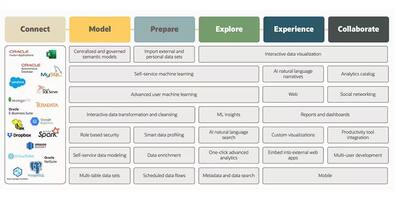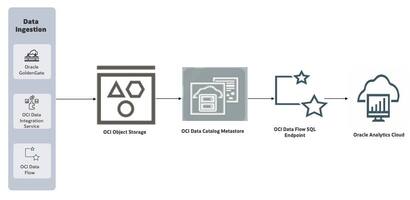
Being an executive of an oil and gas company and trying to navigate the global energy transition, geopolitics, and volatile oil pricing is difficult enough. Trying to do it all with an outdated, costly and customized ERP system is next to impossible.
Many oil and gas companies across the globe have ERP systems that were first installed during Y2K-which is now over 20 years ago. All that these companies wanted in their ERP were the following: 1) a global instance, 2) a simple process, and 3) a system they could operate at a lower cost.
None of the above was achieved.
Instead, over the last 20 years, oil and gas companies have embarked on extensive modifications, massive customizations, and costly upgrades that introduced even more complicated data entry and business processes. This legacy software was not limited to one area of the business. In fact, it covered the whole portfolio including accounts payable, HR, supply chain, work permitting, material handling, and logistics management.
The 20 years of customizations did not make these companies more efficient, either; in fact, they did the opposite. Extensive customizations made it slow, difficult, and costly to adopt new features in any of the above areas. Oil and gas companies have invested substantial time and effort to perform annual (and sometimes bi-annual) technical upgrades. The cost for this privilege? Billions. And here's the best part: The future using these same legacy systems? Even more billions.




